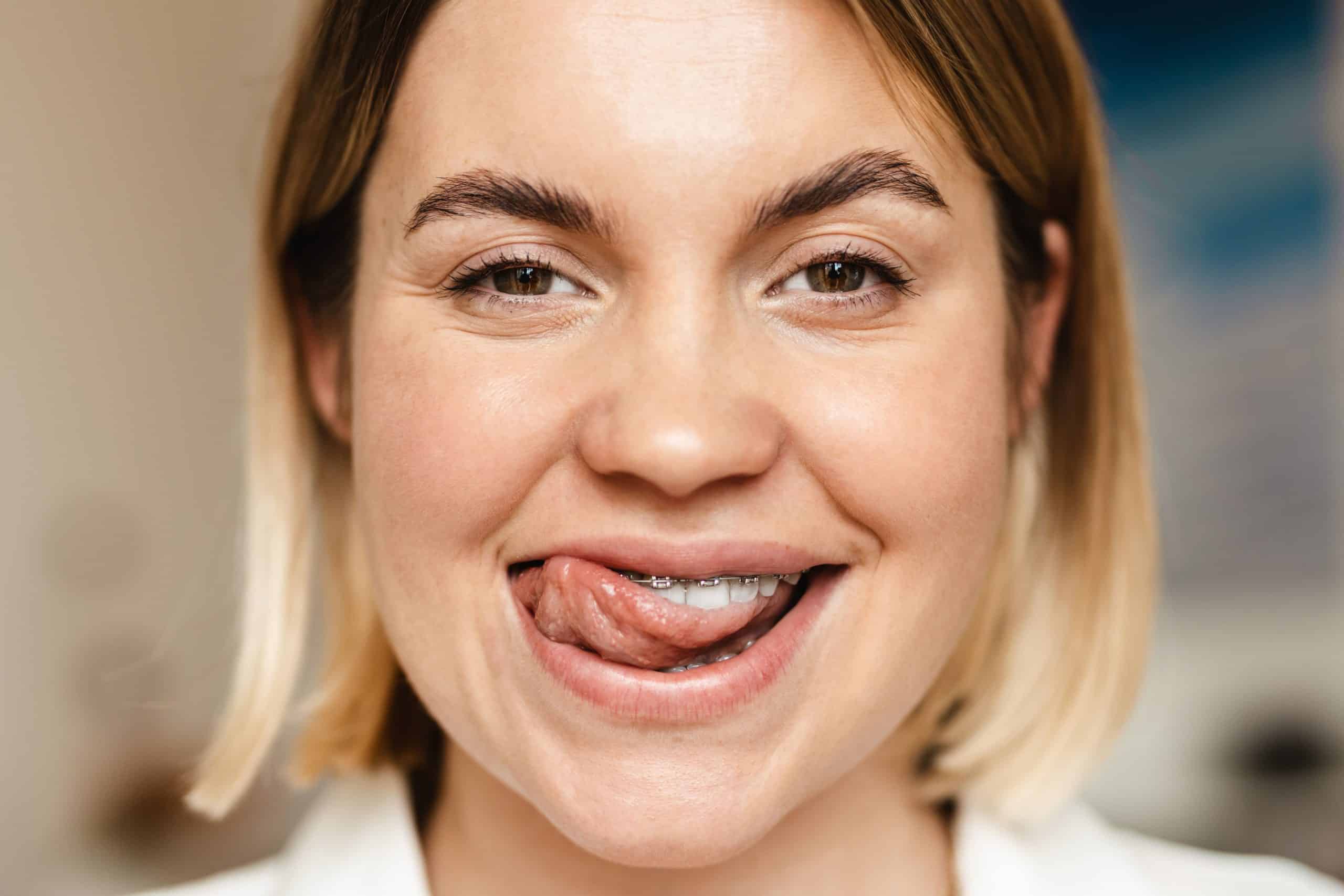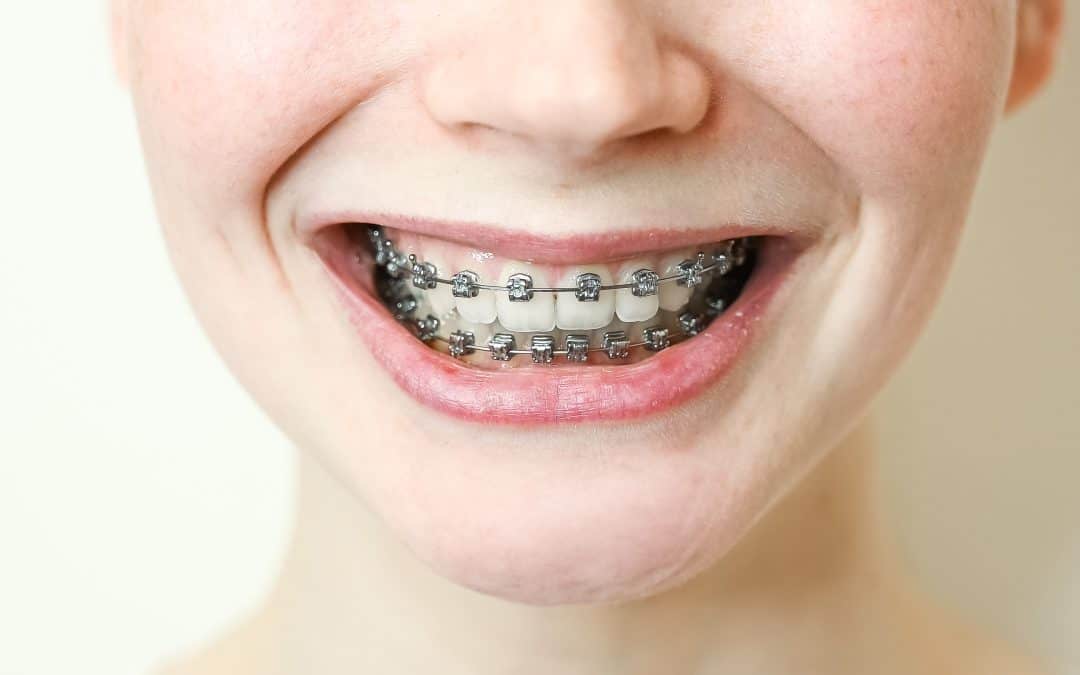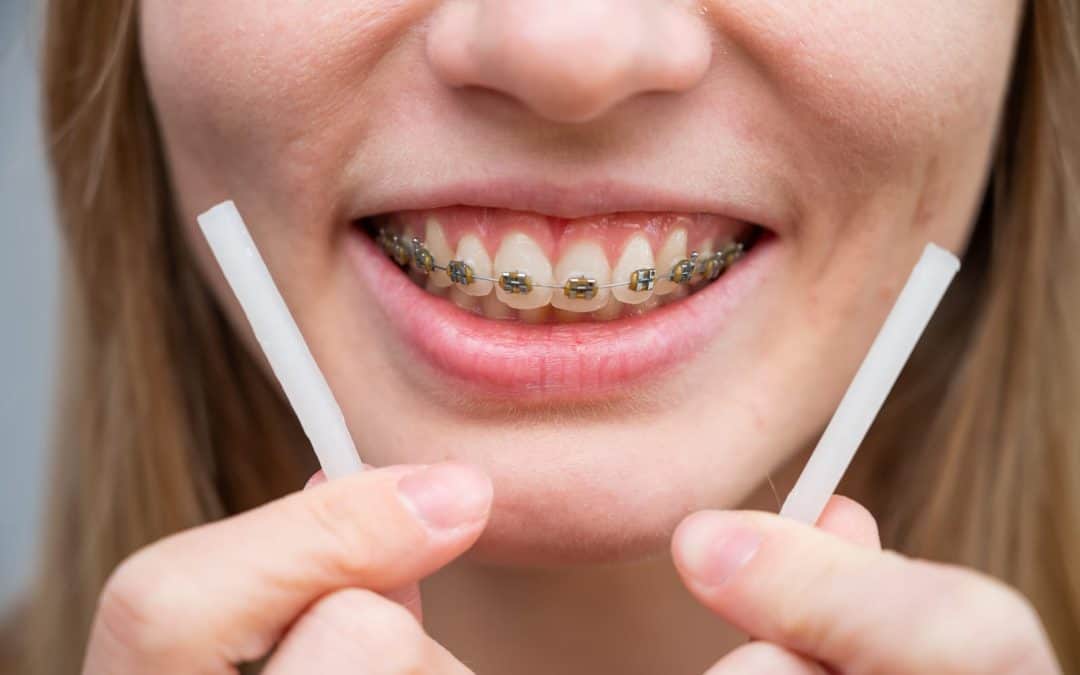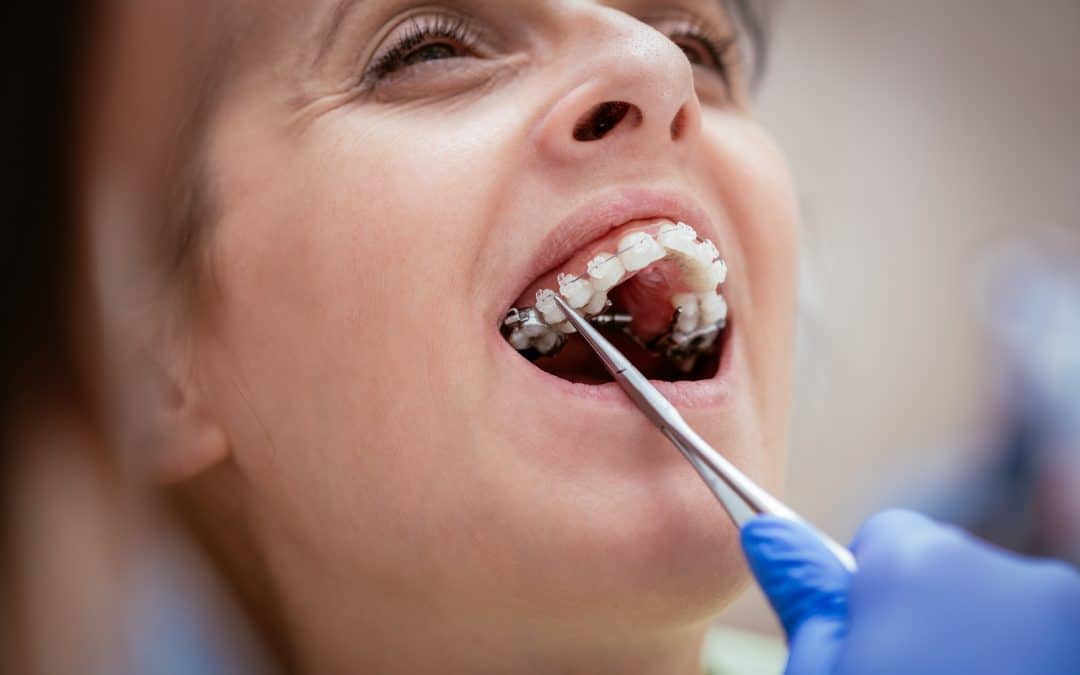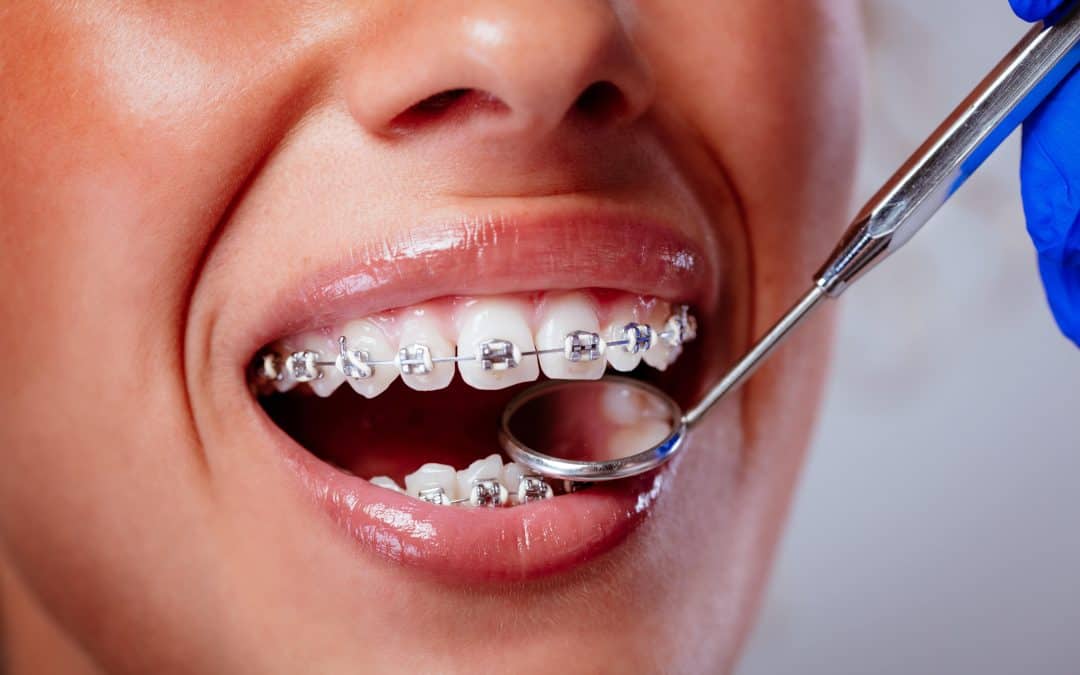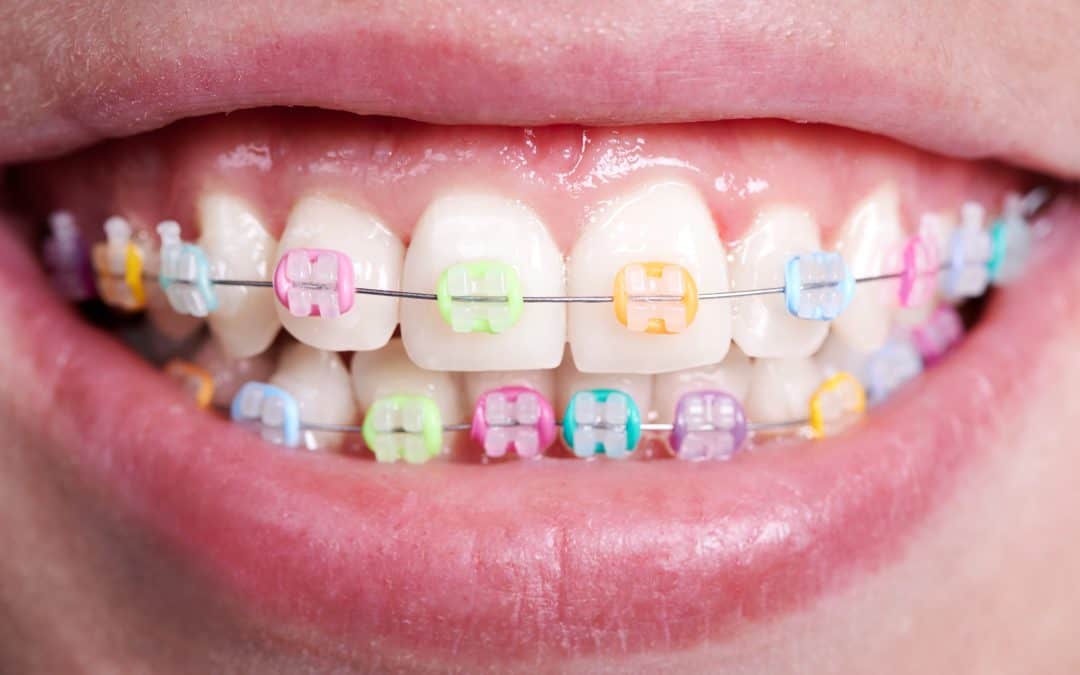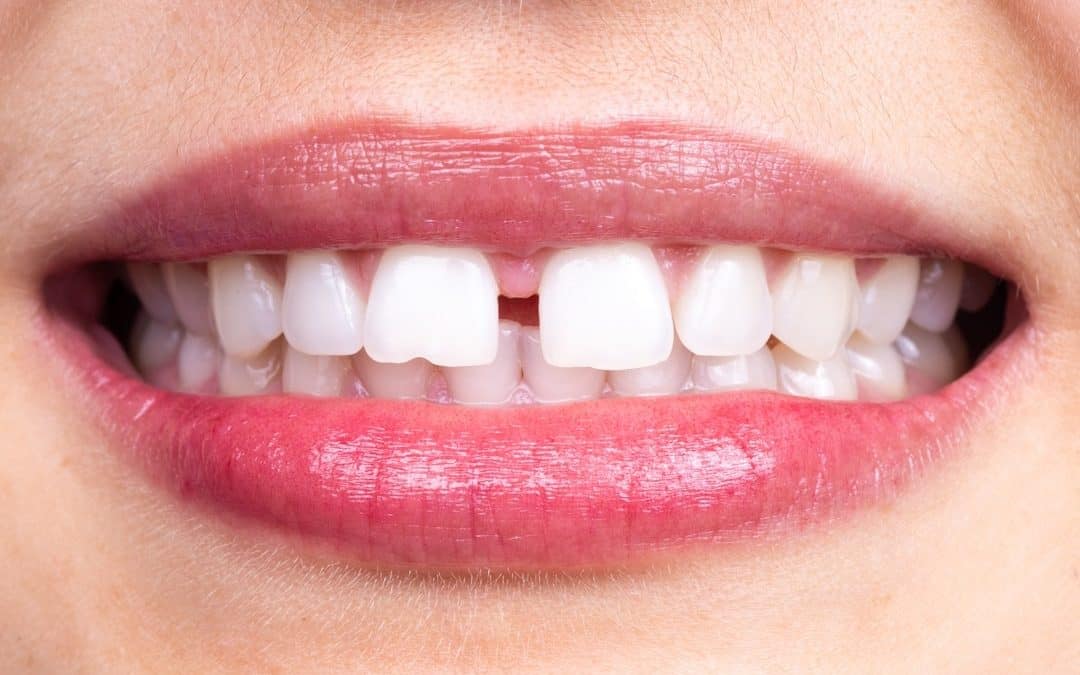Tongue thrusting refers to a recurring phenomenon in which the tongue exerts pressure on or between teeth when involved in any number of activities—causing considerable negative impact on both the teeth and the overall efficiency of the mouth. If you don’t get rid of this habit, left over from childhood or even infancy, it can follow you into adulthood, bringing many dental and orthodontic concerns. Luckily, orthodontic procedures can correct tongue-thrusting and deal with its causes before any complications arise. In today’s article, we understand what causes tongue thrusting, explore how orthodontic treatment glitches are facilitated in this case, and chew over the issue of early intervention in promoting optimal oral health and function.
Orthodontics not only aligns smiles but also empowers a hush to the chaotic dance of tongues. Stop tongue thrusting with the guidance of orthodontic expertise, crafting harmony in every movement.
What Causes Tongue Thrusting?
Fully understanding the causes of tongue thrusting is critical to effective treatment. While several factors can cause the condition, these common factors are to blame:
Oral habits:
Using pacifiers for a long time, thumb-sucking, or continuing to bottle-feed after age one can increase the likelihood of tongue thrusting.
Structural issues:
A high tongue rest position or a low palate is an example of a disorder within the mouth’s structure that can cause tongue thrusting.
Airway obstruction:
Oppression of the airway could also occur with disorders like enlarged tonsils and adenoids. Hence, the tongue is used to push air during swallowing or breathing.
How do You Fix a Tongue Thrust?
Fixing tongue thrusting typically involves a multi-disciplinary approach. Many cases require orthodontists as well as speech therapists and perhaps otolaryngologists. Treatment strategies can be diverse:
Speech therapy:
Speech therapists can help individuals retrain their tongue muscles and swallowing patterns, teaching proper tongue placement and techniques.
Oral appliances:
These devices–such as tongue cribs or habit-breaking devices–are recommended by orthodontists to discourage tongue thrusting and promote proper oral posture.
Myofunctional therapy:
This specialized therapy concentrates on exercises to improve tongue and muscle function, correcting dysfunctional oral bad habits like tongue thrusting.
Can Orthodontics Help?
Orthodontic treatments help with tongue thrusting, especially when structural issues or dental misalignments play a part. The treatments may include:
Braces:
Misaligned teeth can be straightened by braces. This creates proper alignment and reduces the likelihood of tongue thrusting.
Palatal expanders:
When someone has a narrow palate, and the tongue sticks out, palatal expanders can widen the upper jaw. This gives the tongue more room to do its job, and the mouth can work properly.
Orthodontic appliances:
Functional orthodontic tools, like a tongue crib or palatal bar, can change mouth habits and promote proper tongue placement, which stops tongue thrusting.
Tongue Thrust in Adults
People usually think of tongue thrust as a problem in kids, but it can last into adults if it isn’t fixed. If people don’t get help for tongue thrusting, it can lead to several issues, such as:
Dental problems:
Pushing your tongue constantly can shift your teeth out of place, make it hard to bite and crowd your teeth, and raise your risk of tooth decay and gum disease.
Speech problems:
Untreated tongue thrusting can lead to lisps and other speech problems. Tongue thrusting can make words less clear and easier to understand.
Problems with the temporomandibular joint (TMJ):
Adults who grind their teeth with their tongues put long-term stress on their jaw muscles and joints, leading to TMJ disorders that cause pain in the jaw, headaches, and discomfort.
Symptoms of Tongue Thrusting
Knowing the symptoms of tongue thrust is essential to diagnose and treat early. Common signs and symptoms include:
Oversized bites:
The front teeth are separated between the upper and lower teeth when the back teeth are closed. This is frequently caused by long-term thrusting of the tongue.
Tongue pushing:
When swallowing or at rest, the tongue visibly pushes against or between the teeth.
Speech problems:
Howling wind in the night. Wind causes the sound to be less forceful when said. A tongue thrust is causing those problems.
Can’t get the front teeth to close together
When the rear teeth are closed, a person with tongue thrusting can’t grasp the front teeth. This open bite will bring various dental or orthodontic troubles if no remedy is taken. Using braces or functional appliances, orthodontic treatment can improve the bite and promote proper tongue posture.
Summary
Orthodontics has effective treatments for tongue thrusting, which can deal with this malocclusion both aesthetically and functionally. It’s also important to note that early evaluation and treatment of the dental implications of tongue thrusting is critical for prevention. This highlights the importance of timely referral to qualified dental and orthodontic specialists for evaluation and therapy. If you are looking for the best orthodontic treatment, connecting with Dental Health Clinic can help. They have the team of Orthodontists that can help patients overcome tongue-thrusting habits by working in tandem with speech therapists and other healthcare professionals, thus improving oral health and function.

